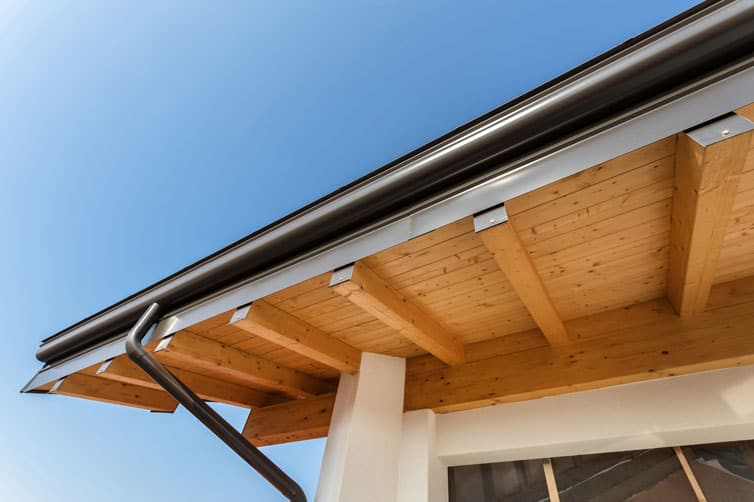First of all, let’s talk about some of the dangers that come with working on fascias, guttering, and downpipes. These are all important components of a building’s drainage system, and they play a critical role in keeping water away from the structure of the building. However, they can also be dangerous if they’re not properly maintained or if workers don’t take the necessary safety precautions.
One of the biggest risks associated with working on fascias, guttering, and downpipes is falls. When workers are working at height, they’re at risk of falling off ladders, scaffolding, or the roof itself. Even a fall from just a few feet can be incredibly dangerous, and it can cause serious injuries or even death. That’s why it’s absolutely essential that workers take the necessary precautions to prevent falls, such as wearing the appropriate safety gear, using the right tools, and following safe work practices.
Another danger associated with working on fascias, guttering, and downpipes is exposure to hazardous materials. These components of a building’s drainage system can become contaminated with a variety of different substances over time, including bacteria, mould, and other pathogens. Workers who come into contact with these substances can become seriously ill, and they may even develop long-term health problems as a result. That’s why it’s important for workers to wear the appropriate protective gear, such as gloves and respirators, and to take steps to minimise their exposure to hazardous materials.
So, what can professionals do to stay safe when working on fascias, guttering, and downpipes? Well, there are a few key safety recommendations that everyone should follow:
- Wear appropriate safety gear: This includes things like hard hats, safety glasses, gloves, and respirators. Workers should also wear slip-resistant shoes with good traction to prevent falls.
- Use the right tools: When working at height, workers should use tools that are specifically designed for that purpose, such as ladders and scaffolding. They should also use appropriate tools to remove debris from gutters and downpipes, such as trowels and scoops.
- Follow safe work practices: This includes things like using a spotter when working on a roof, not working in bad weather conditions, and always being aware of your surroundings.
- Stay up-to-date on industry standards: It’s important for professionals to stay up-to-date on the latest safety regulations and best practices for working on fascias, guttering, and downpipes. This will help them to stay safe on the job and to avoid accidents and injuries.
In conclusion, working on fascias, guttering, and downpipes can be a dangerous job, but by following the right safety precautions, professionals can stay safe and avoid accidents and injuries. It’s important to wear the appropriate safety gear, use the right tools, follow safe work practices, and stay up-to-date on industry standards. By doing so, we can all help to create a safer and healthier workplace for everyone. Thanks for tuning in, and stay safe out there!
Cheers,

![]()






